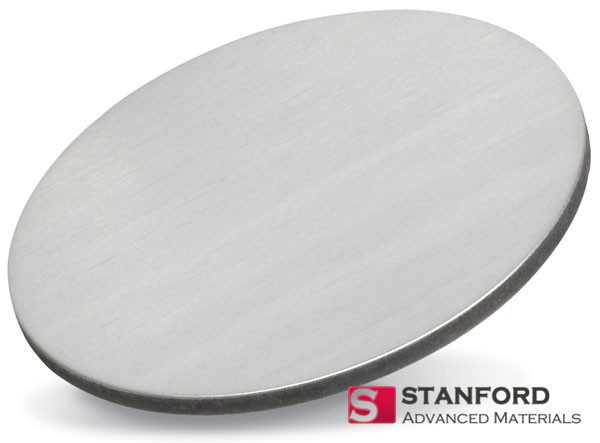Introduction
In the realm of advanced materials and cutting-edge technologies, cobalt sputter targets have emerged as key players, revolutionizing various industries. This article aims to delve into the intricacies of cobalt sputtering targets, exploring their applications, manufacturing process, and significance in the world of thin-film deposition.
Understanding Cobalt Sputter Targets
Cobalt sputter targets are vital components in the process of sputter deposition, a technique widely employed in the creation of thin films for diverse applications. Sputter deposition involves bombarding a target material with high-energy ions, causing atoms to be ejected and deposited onto a substrate, forming a thin film. In this context, cobalt targets refer to the materials used as the targets in sputter deposition processes where cobalt-based thin films are desired.
Applications of Cobalt Sputter Targets
Electronics Industry:
One of the primary applications of cobalt sputter targets lies in the electronics industry. Cobalt thin films are utilized in the fabrication of magnetic storage devices such as hard disk drives (HDDs). These thin films contribute to the enhancement of magnetic properties crucial for data storage and retrieval.
Medical Devices:
The medical field benefits from cobalt sputtering targets in the production of medical devices, particularly in the development of bio-compatible coatings. Cobalt-based thin films provide corrosion resistance and improved biocompatibility, making them ideal for various medical implants and diagnostic tools.
Solar Cells:
Cobalt sputter targets also play a significant role in the solar energy sector. Thin films of cobalt are used in the manufacturing of thin-film solar cells, contributing to the efficient conversion of sunlight into electricity. This application aligns with the global shift towards sustainable energy sources.
Manufacturing Process
The manufacturing process of cobalt sputter targets involves several intricate steps to ensure the production of high-quality materials suitable for sputter deposition. Here is an overview of the key stages:
Material Selection:
High-purity cobalt is chosen as the base material for cobalt targets. At Stanford Advanced Materials, we specialize in providing superior-grade materials, ensuring an exceptionally pure starting point for the manufacturing process. This commitment is vital, as impurities can detrimentally affect the performance of the target in the sputter deposition process.

Melting and Casting:
The selected cobalt is melted and cast into the desired shape, typically a disc or a rectangular plate. Precision in casting is essential to achieve uniformity in the target’s composition and structure.
Heat Treatment:
The cast cobalt undergoes a heat treatment process to enhance its mechanical properties and ensure the target’s stability during sputter deposition. This step also helps in reducing residual stresses in the material.
Machining and Surface Finishing:
The final shape of the cobalt sputter targets is achieved through precision machining. The surface is carefully finished to meet the specifications required for sputter deposition, ensuring a smooth and even film deposition process.
Significance in Thin-Film Deposition
Cobalt sputter targets hold immense significance in thin-film deposition technologies, contributing to the advancement of various industries. Their unique properties, including high magnetic permeability and corrosion resistance, make cobalt thin films desirable for a wide range of applications. The controlled deposition of cobalt thin films facilitated by cobalt sputtering targets allows for the customization of material properties, meeting specific requirements in diverse technological applications.
Conclusion
In conclusion, cobalt sputter targets stand as critical components in the realm of thin-film deposition, influencing industries such as electronics, healthcare, and renewable energy. Their versatility and unique properties make cobalt-based thin films indispensable for numerous applications, driving innovation and technological advancements. As we continue to witness the evolution of materials science, cobalt sputter targets remain key players in shaping the future of advanced materials and their applications.
Click to Inquiry High Quality Cobalt Target




